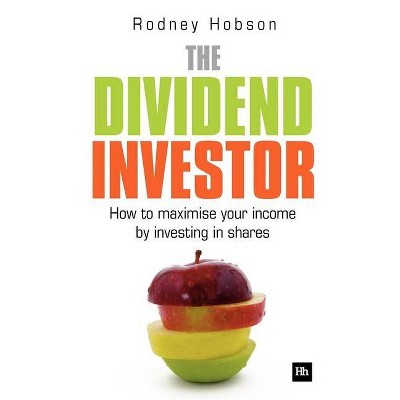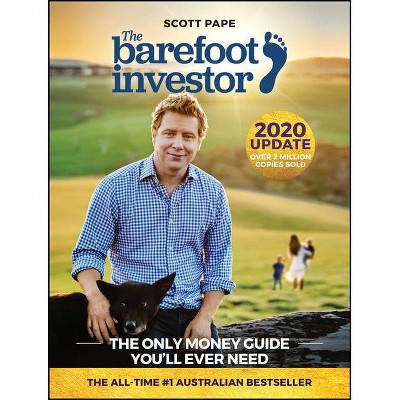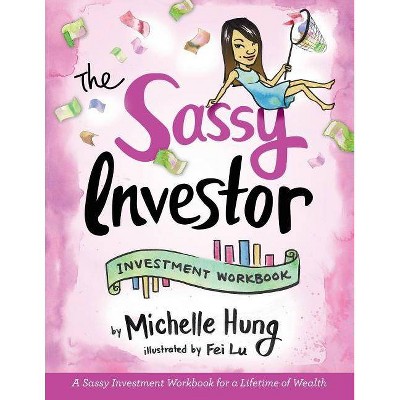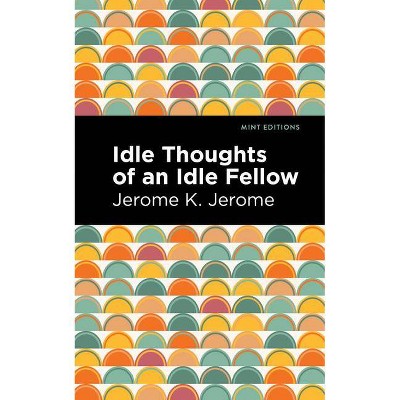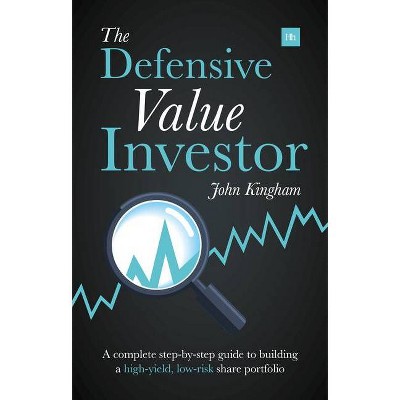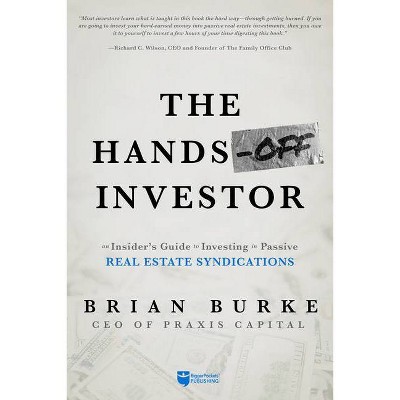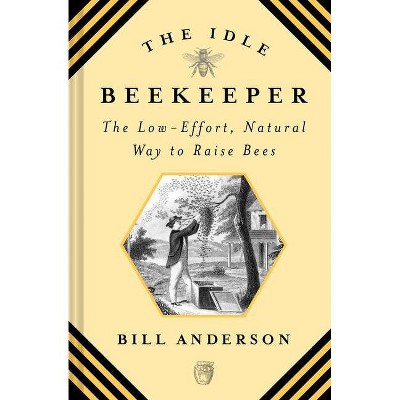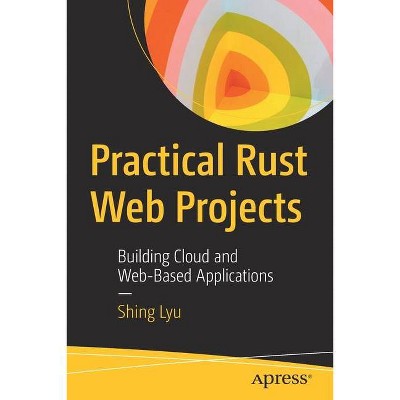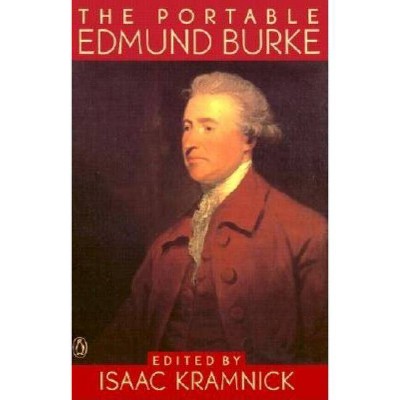The Idle Investor - by Edmund Shing (Paperback)
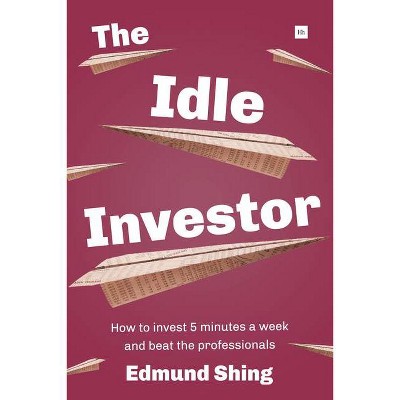
Similar Products
Products of same category from the store
AllProduct info
<p/><br></br><p><b> Book Synopsis </b></p></br></br><b>3 simple strategies to earn high returns and beat the professionals</b> Would you like to use a simple, low-risk investing system that beats market indexes and fund manager performance over the long term, but requires only a few minutes of your time each month? Does it sound like a lot of hard work? It's not - even the laziest investor can achieve it. The Idle Investor includes three straightforward DIY strategies for long-term investing. All you have to do is follow the simple rules. Each method requires only a limited amount of your time and they all make use of easily accessible, low-cost funds. The reasons why the strategies work and everything else you need to know to put them into practice is explained clearly, with numerous worked examples. The three strategies are: 1. The Bone Idle Strategy: Part of your portfolio is allocated to shares and part is allocated to bonds, with adjustments only required twice a year. The rest of the time you do nothing. 2. The Summer Hibernation Strategy: For part of the year your portfolio is allocated to shares and for part of the year it is allocated to bonds. Once again, adjustments to the portfolio are only required twice per year. The rest of the time you do nothing. 3. Multi-Asset Trending Strategy: A simple trend-following method determines whether to hold your portfolio in shares or bonds. For this strategy you will need to check your investments and make adjustments once a month. Even on the very few occasions each year when action is required - twice a year for strategies 1 and 2, and once a month for strategy 3 - you'll only spend a few minutes checking your portfolio and making simple changes. The activity levels range from yearly rebalancing, for the laziest investor, through to monthly reallocation, for those who are more active. How much you do depends on how lazy you are feeling. Testing the three Idle Investor strategies for the period 1990 to 2012 resulted in average annual returns of up to 28%. Compare this to a buy-and-hold approach of investing in UK shares, which would have delivered 8.5% per year over the same period, and you can see that being idle doesn't mean being unsuccessful! If you are looking for a straightforward investing method that lets you get on with your life while your money grows in the background, then become an Idle Investor.<p/><br></br><p><b> Review Quotes </b></p></br></br><br>"The Idle Investor is well pitched for the intended audience, and the clarity of the first 3 chapters in particular gets that message across. I would have no hesitation in recommending the book to anyone I know who is not a full time financial services professional. In addition, I'd go as far as to say that I can think of many people I've worked with over the years in financial services, who'd benefit from reading it as well! The strategies themselves are well laid out, and providing a 1 page summary at the end of each strategy is a big help for readers starting out in the business of DIY investing. Considering the complexity of the subject matter for non financial people (am under no illusions that it's almost a foreign language for many), Edmund does a pretty good job of making the points in a straightforward manner. Also, by highlighting potential problems with the strategies, I think this gives the book a greater degree of credibility. Any reader looking to find a 'perfect' solution for investment has missed the point by this stage anyway. The final part of the book is also very helpful, with the references section alone being worth the price of admission. To have a concise summary of the best resources for DIY investment work will save readers an enormous amount of time, and I would imagine that for many readers, this will provide a framework to make starting their investment journey considerably easier. Overall, very impressed. If investment was actually taught in schools at all, can see that this would be a perfect investment primer for teenagers after being taught the basics. Not the aim of the book obviously, but a point worth making." -- Matt Patterson, private investor<br>
Price History
Cheapest price in the interval: 27.01 on November 8, 2021
Most expensive price in the interval: 27.01 on December 20, 2021
Price Archive shows prices from various stores, lets you see history and find the cheapest. There is no actual sale on the website. For all support, inquiry and suggestion messagescommunication@pricearchive.us

